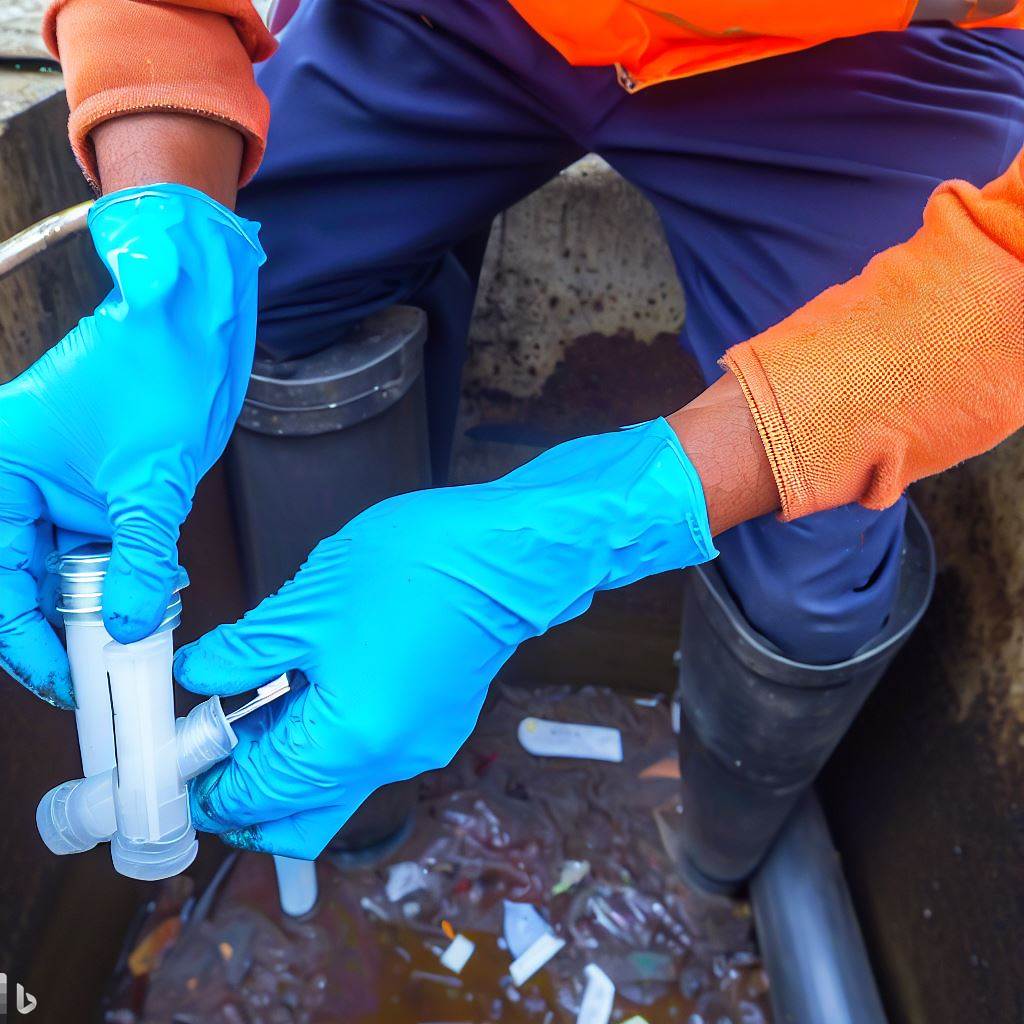Procedure
- Collect crude specimens of approximately 50 g or 100mls of any targeted sample in a sterile sample collection tube (100 ml).
- Mix each specimen thoroughly and transfer 5 g of each specimen into 90 ml of LB in 250 ml Erlenmeyer flask with cotton-plug and mix using a vortex mixer for 30 s.
- Then add 5 ml of 10 h LB cultures of the target bacterial isolate or reference strains and mix by a vortex mixer for 30 s then incubate at 37 °C in an orbital shaker (50 rev min−1).
- After 18 h, withdraw 20 ml of the mixture into a sterile 50 ml test tube, cell debris is pelleted by centrifugation at 5000xg at room temperature for 5 min.
- Divide the supernatant into two portions (2 x 10 ml). Transfer each 10 ml portion into 2 sterile 15 ml test tubes:
- Add to one portion of 10 ml supernatant, 1 ml of chloroform with gentle shaking of tubes for 5 min then incubate on crushed ice for 5 min. A milky solution appears due to bacterial protein digestion by chloroform. Bacterial cell debris and bacterial ghosts are discarded by centrifugation at 5000xg for 5 min at room temperature. Collect the top aqueous supernatant into a 15 ml sterile tube and store it at 4 °C as a possible phage solution and add 5 μl of chloroform to prevent microbial contamination.
- Filter the second portion of 10 ml supernatant via sterile membrane filters25 mm diameter 0.45 nm pore size then by 25 mm diameter0.25 nm pore size. Collect the filtrate solution into a 15 ml sterile tube and store it at 4 °C as a possible phage solution and add 5 μl of chloroform to prevent microbial contamination.


This comment has been removed by a blog administrator.